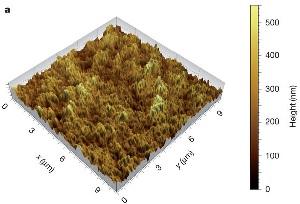The state of smart cities in MENA
11 December 2025
Published online 19 September 2012

When water comes in contact with a piping hot surface, a layer of vapour forms, insulating the liquid from the heat and delaying boiling. This phenomenon was first observed by German doctor Johann Gottlob Leidenfrost in 1756 when looking at water droplets skittering on a hot skillet. When the surface cools below a critical temperature, the vapour layer collapses, causing the liquid to bubble and boil, leading to vapour explosions known as nucleate-boiling phase — which can be particularly dangerous in certain industries, such as nuclear power plants.
A team of researchers, led by Ivan U. Vakarelski from the King Abdullah University of Science and Technology in Thuwal, Saudi Arabia, created a textured, highly water-repellent surface that prevented the bubbling that usually happens when the temperature drops. This surface stabilized the vapour layer and allowed it to gradually relax as the temperature lowers, thus preventing nucleate boiling.
When a smooth hydrophobic surface was used, the vapour layer still collapsed, though at a lower temperature, and led to nucleate boiling by an explosive transition. This suggests that the roughness and porosity — along with a superhydrophobic surface — are essential to suppress the bubbling.
The authors suggest that, besides their use to prevent explosive boiling transition, these textured, water-repelling surfaces may be extended to use in other phase transitions, such as preventing ice or frost formation.
"The thermal properties of the textured surfaces demonstrated in this study can lead to new applications of these coating, as for example, to tune heat transfer rates in heat-exchange devices," says Vakarelski.
doi:10.1038/nmiddleeast.2012.135
Stay connected: